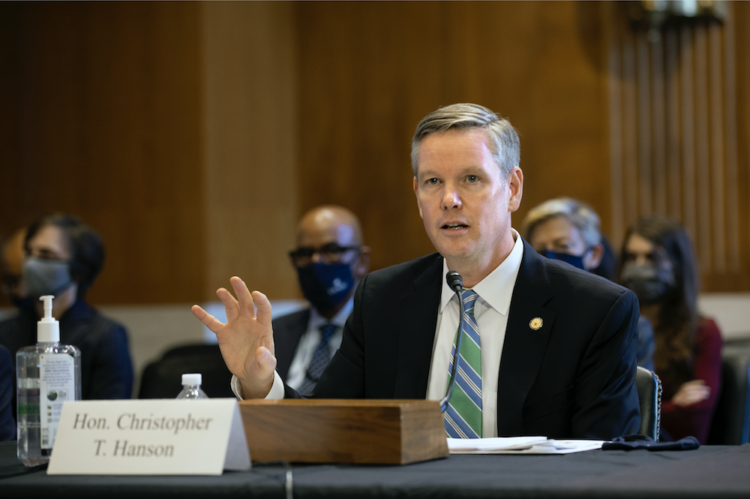
RadWaste Monitor Vol. 14 No. 46
Visit Archives | Return to Issue PDF
Visit Archives | Return to Issue PDF
RadWaste & Materials Monitor
Article 9 of 10
December 02, 2021
‘Certainty and Uncertainty:’ 30 Minutes with Christopher T. Hanson, Chairman, Nuclear Regulatory Commission

Although it’s been a whirlwind of a first year for Nuclear Regulatory Commission chairman Christopher Hanson, he’s proud to lead the nation’s nuclear energy regulator.
“As chairman, I get to see even more of the organization than I did as a commissioner,”…
Partner Content